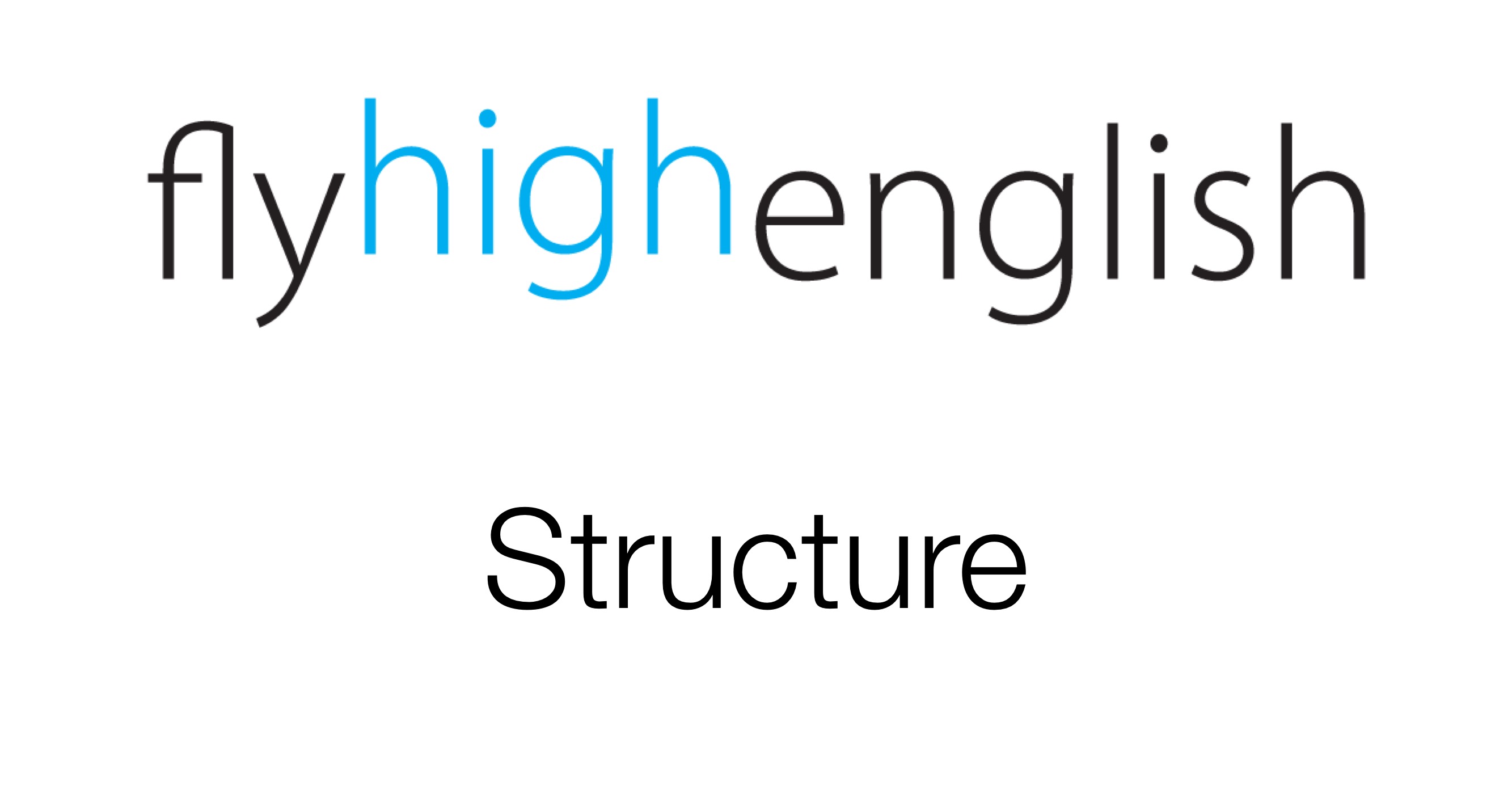
This time in our structure help we talk about questions tags. Question tags are very short questions that we sometimes include at the end of statements. The purpose of these short questions is to check if something is true or to ask for agreement.
In a positive statement, use a negative tag.
You flew a Cessna last year, didn’t you?
The ’didn’t you’ part is the question tag and here we used a negative tag (with an auxiliary) with a positive statement.
Similarly, in a negative statement, use a positive tag.
He doesn’t have an IFR rating, does he?
The ’does he?’ part is the tag here and is in a positive form after a negative statement.
If your main sentence already has an auxiliary verb you repeat the same auxiliary in the question tag.
He can fly gliders, can’t he?
In sentences using ’negative’ words, we use positive tags. Examples of ‘negative’ words are; never, nobody, no, etc…
At the beginning we said that we use question tags to check if something is true or to ask for agreement. If you really want to know if something is true, use a rising intonation with the question tag. Listen to the following audio with a rising intonation (the voice goes up) indicating that it is a real question.
You work here, don’t you?
If you are asking for agreement, use a falling intonation with the question tag. Listen to the following audio with a falling intonation (the voice goes down) indicating that the person is sure of the answer and is just asking for agreement.
They pay their pilots really well, don’t they?
Follow us on twitter here, Facebook here or Google+ here for more great content!
Have a great day!
